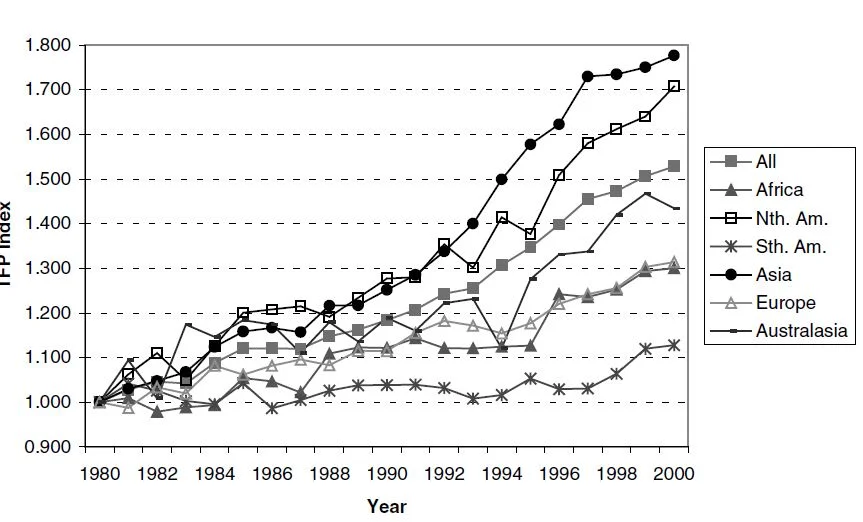Economists have long been interested in people's "discount rates" - the rate at which people discount the value of a dollar in the future as compared to a dollar today. If given the choice between being given a dollar today or a dollar ten years from now, I suspect almost everyone would take the dollar today. The key question researchers try to answer is this: exactly how many dollars would you have to be given in, say, 10 years to make you indifferent to 1 dollar today?
What this number is has important implications for how we should "discount" the value of projects that provide benefits in the future by incurring costs today. Examples where a discount value is needed include road building, going to college, and building a factory. But, the issue has become particularly heated in relation to debates over climate change. Whether and to what extent one is willing to incur costs today to mitigate carbon emissions depends critically on the extent to which the future benefits (and potential costs) are discounted.
One can get a feel for this time trade-off by looking at market interest rates but that doesn't tell the whole story. As a result, many economists have turned to laboratory experiments where people make choices like the one I described above. The trouble has been that such experiments have been limited to making future payoffs that are typically only 1 to 6 months away. My co-authors, Threse Grijalva and Douglass Shaw, and I found away around this, and the results are discussed in a paper forthcoming in the journal Environmental and Resource Economics:
We use a laboratory experiment to elicit discount rates over a 20-year time horizon using government savings bonds as a payment vehicle. When using a constant (exponential) discount rate function, we find an implied average discount rate of 4.9 %, which is much lower than has been found in previous experimental studies that used time horizons of days or months. However, we also find strong support for non-constant, declining discount rates for longer time horizons, with an extrapolated implied annual discount rate approaching 0.5 % in 100 years. There is heterogeneity in discount rates and risk preferences in that people with more optimistic beliefs about technological progress have higher discount rates. These findings contribute to the debate over the appropriate discount rate to use in comparing the long-term benefits of climate change mitigation to the more immediate costs.
